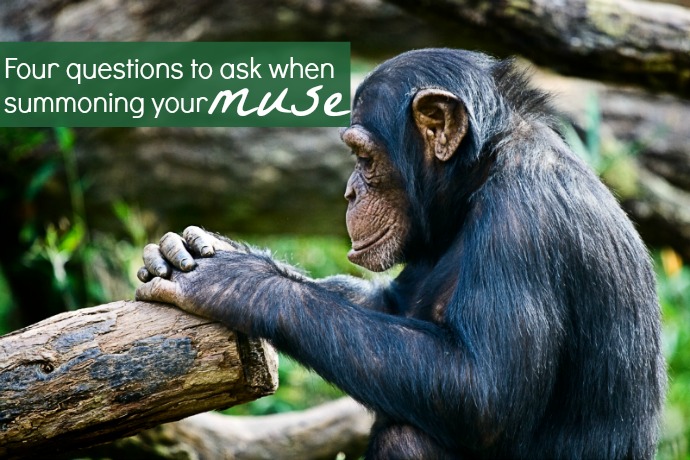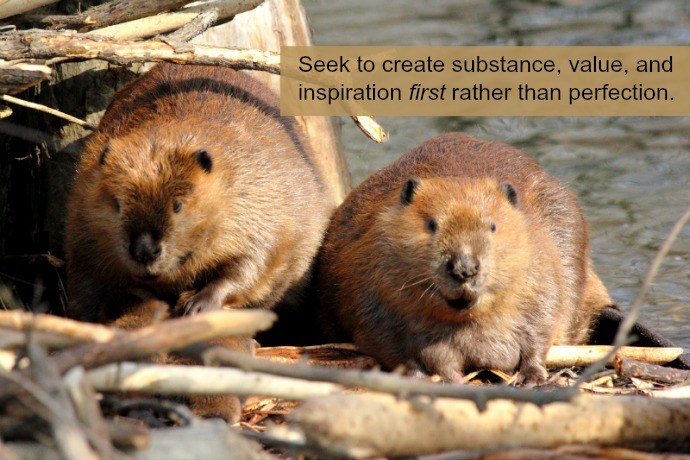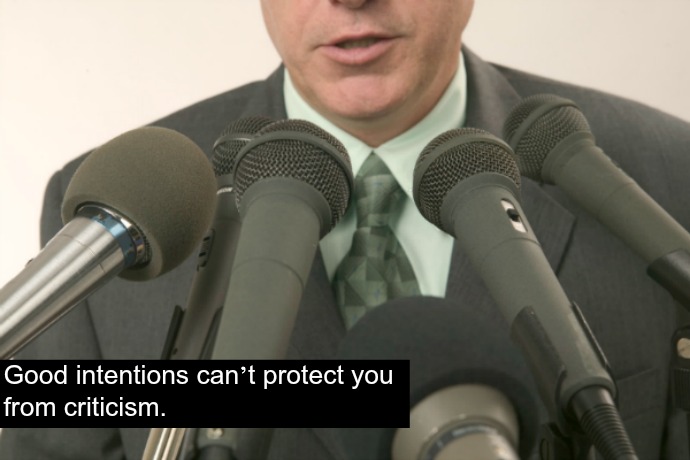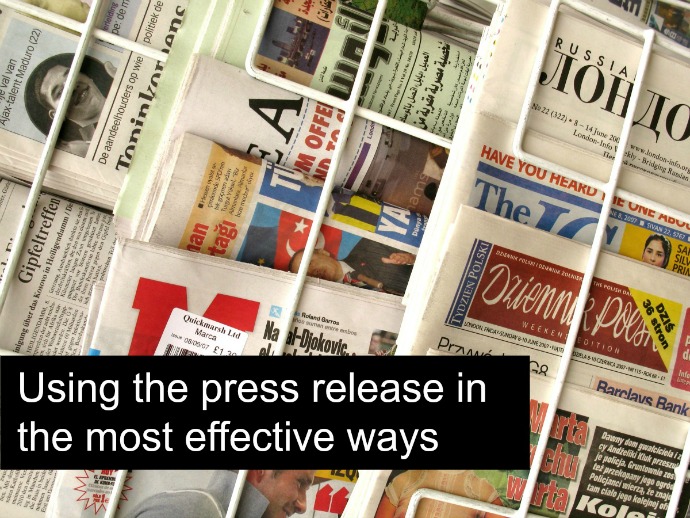A friend recently passed along this story about branding gone bad. I thought it was so moving it warranted a blog post.
Last year, this friend-of-a-friend found herself sniffling into a kleenex at the first of many therapy sessions, pouring her heart out on topics like identity and authenticity. This, in and of itself, isn’t particularly noteworthy; many of us have found ourselves on a therapist’s couch.
But her friend was in therapy because of her brand.
See, her funny, ballsy, brassy friend spent almost a decade building a demure, buttoned-up brand. For ten years, her products were featured by Martha Stewart and Oprah and sweater set-types bought her pieces in bulk. She’d attend networking events and people would swarm her, asking for advice about breaking into the industry she didn’t even like. Left to her own devices, she’d live in Levis and t-shirts, eating only buffalo wings and beer.
Instead, she felt she needed to wear heels and dresses, drink $13 cocktails and schmooze with wedding planners. She needed to reign in her swearing and act like she cared about manicures.
When I heard this story, I realized many of you may go through this and it is a recipe for disaster. Her company was successful but she was unstable and unhappy. Every single day, she felt like a fraud.
Thankfully, this story has a happy ending. Her friend went through a year of therapy, eventually shuttered her company, and got a 9-to-5 at a creative agency. These days, she’s living the jeans-wearing, wing-eating dream.
This is a real, life and blood example of what can happen if you build a brand that runs counter to who you are.
And it could happen to any of us! We get caught up following business advice that – while solid – just isn’t right for us. Or we work with a super-talented, slightly pushy designer and end up with a gorgeous website that’s perfect … for someone else.
This can also happen if you work for a company whose values and brand image run counter to what you believe, who you are and what you stand for. And if you own the company? This could be happening to employees you’ve hired who were never the right cultural fit to begin with – and that’s when it starts impacting their productivity and work.
So before you find yourself in a pile of tear-filled Kleenexes or on the therapist’s couch, here are four questions to ask yourself as you brand.
These will help you create or work for a brand that’s true to you.(Tweet this!)
When I look at my site, does it feel like me?
Are the colors ones I wear or use in real life? Do my headshots really look like me? Does my copy include words that I use in my daily life?
If you’re not a particularly buttoned up, corporate person, you needn’t convince the internet that you are. And if you’re a sweet, modest person, don’t let your site paint you as a gregarious extravert.
Just because you work in a traditional industry, doesn’t mean you’re traditional and it doesn’t mean your brand needs to be. Laura Simms is a successful career coach who shares photos of her pet rabbit on Instagram. Danielle LaPorte runs a million dollar business while showcasing her tattoos and dropping the F-bomb. We feel like we know, like, and trust these women because they’re showing us who they really are.
Do the people who know me best think it looks and feels like me?
We all suffer from forest-for-the-trees syndrome from time to time. Ask your partner, your best friend, and maybe your mom to take a look at your online space. What do they think? Does it ring true for them? Or are you nearly unrecognizable?
Of course, you should take every opinion with a grain of salt, but if everyone in your life is confused by your blazer-wearing headshot and your jargon-filled Twitter bio, it might be time to reconsider.
Do I really, actually like providing these services?
There’s a lot of wisdom in creating a scaleable business and leading large workshops – but if you’re an introvert, leading a group might feel like an ill-fitting suit. Likewise, if you don’t like big, on-going projects you might not want to have clients on retainer.
It’s possible to like doing something – writing, design, coding, marketing – but not really enjoy the way you’re delivering those services. Think about how you thrive and how you like to arrange your day and then design offerings accordingly.
Do I feel like I can be myself with my clients, on social media, on my blog?
Do you feel like you can talk about your love of wine? Or crossfit? Or share funny photos of your dog? Can you make a Walking Dead reference or drop the occasional curse word? It’s important that you show and tell your clients who you really are. There’s a 99% chance they’ll love you!
Have you ever struggled with a brand/self disconnect? How did you get past it? Tell me how you dealt with it in the comments!
P.S. Need help fine tuning your brand? I can help with that!
photo by =Nahemoth= // cc














